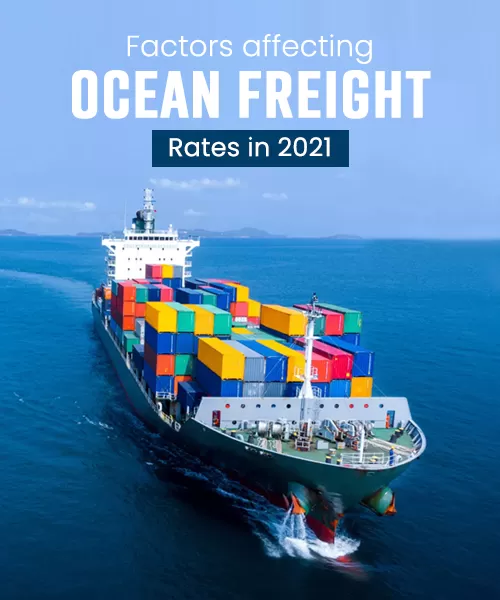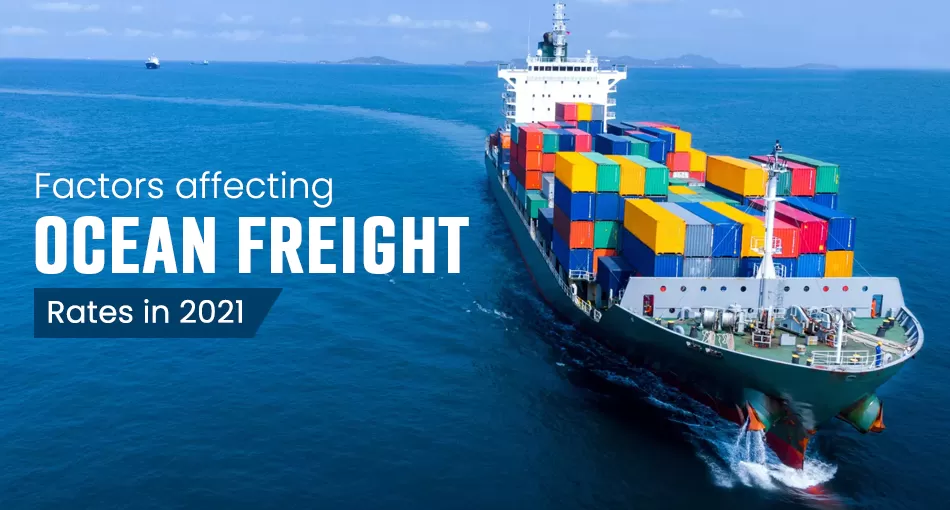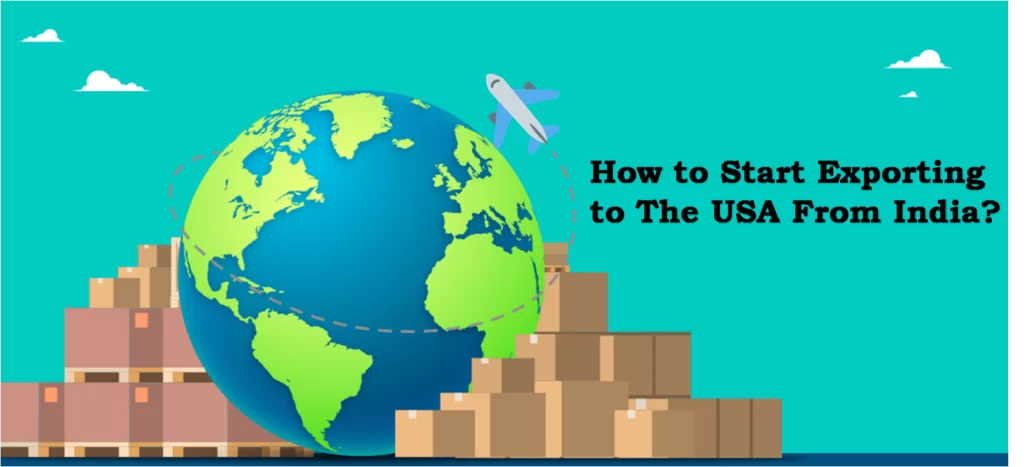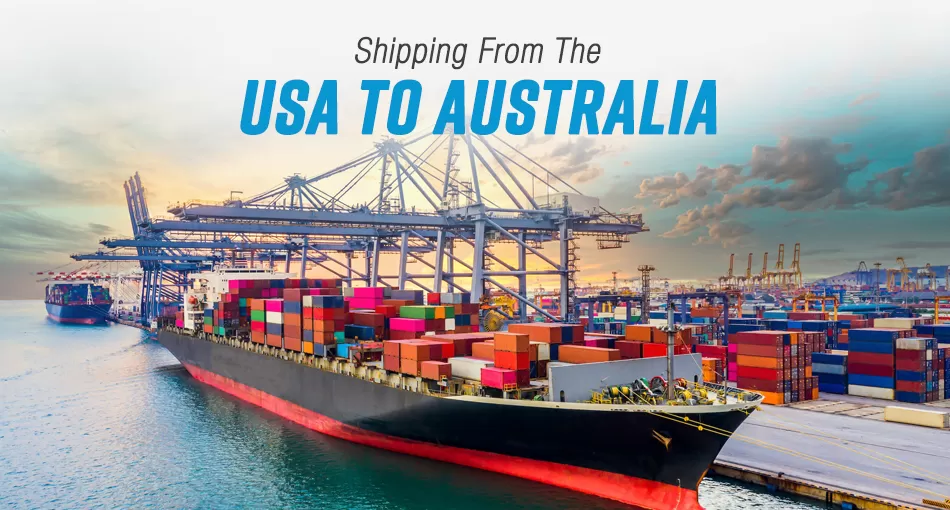Importers and exporters commonly employ ocean freight as a means of transportation to transport bulky goods. In reality, ocean freight and sea freight account for 90% of all shipments. The other modes of international freight transport (courier, standard air freight, and express air freight) are all faster, but they are also more expensive. These additional modes are typically used for smaller shipments and products with a high value.
If ocean freight is too slow, but the air freight is too pricey, a relatively new service, often called expedited freight, is gaining popularity. It is almost as fast as air freight, but the ocean freight cost is reasonable.
Why Choose Sea Freight Over Other Shipping Methods?
- Capacity and Value
Airfreight is cost-prohibitive for any shipment weighing more than 500 kilograms. One of the key advantages of the practice is its capacity to handle huge shipments or bulky or heavy material, such as vehicles, furniture, and equipment. Depending on the size of the product and cargo, different-sized containers (20 ft., 40 ft., etc.) are available.
- Fewer restrictions
International law, national legislation, carrier organization regulations, and individual carrier regulations all play a significant role in defining and controlling what commodities are considered risky for transportation. Gases (e.g., lamp bulbs), all things combustible (e.g., perfume), toxic or corrosive objects (e.g., batteries), magnetic substances (e.g., speakers), oxidizers and biochemical products (e.g., chemical medicines), and public health threats are all restricted in air cargo (e.g., untanned hides).
- Emissions
When compared to air freight, CO2 emissions from maritime freight are negligible. According to a survey, 2 tonnes shipped by ocean freight for 5,000 kilometers results in 150 kg of CO2 emissions, compared to 6,605 kg of CO2 emissions by air freight.
How are ocean freight rates calculated?
Ocean freight rates are typically calculated based on several factors, including the cost per pound of products and the amount of space they consume. Ocean freight, for example, is usually around 50 cents per kilogram (kg) 2. Other fees that could be included in the freight rate are:
- Insurance
- Surcharge for customs security
- Station for container freight
- Pickup and delivery services at ports and warehouses
- Charges for routing
- Customs brokerage
- Surcharge for fuel
Factors affecting ocean freight rates in 2021
Ocean freight rates are not static. The price could rise significantly or fall even further depending on a variety of circumstances. Some of these elements include:
- Container shortage: The shortage of shipping containers has added an impetus to rising ocean freight rates.
- Costs of fuel: Fuel is essential for delivering goods via sea freight, and prices can be variable.
- Exchange rates: Even minor changes in exchange rates can result in significant losses for shipping companies, especially when considering the length of a single voyage.
- Supply and demand: People tend to work less over the holidays, which impacts the shipping business. Typically, there is a surge in demand, which might cause freight prices to rise.
- Size of shipment: Obviously, larger shipments will require more work and therefore be more expensive.
The process of concluding the ocean freight will involve the following stages:
- Export haulage: Your items will be carried from the seller’s warehouse to the warehouse of your freight forwarder at this point.
- Export customs clearance: A detailed declaration of the cargo and supporting documentation will be required for clearance.
- Origin handling: The cargo will be placed in a staging area for checking and confirmation. Once confirmed, the freight forwarder will give a cargo receipt stating that the items have been received in good condition.
- Ocean freight: This is the actual movement of goods across the ocean. Depending on where the items are going, ocean freight could take anywhere from 20 to 60 days.
- Customs clearance for imports: The products will be waiting for import clearance once they arrive at their destination port. It also entails filling out the proper paperwork, declaring the cargo, and paying reasonable costs.
- Destination handling: This stage includes everything from confirming the products to checking the documentation, including the bill of lading, to moving the container to the freight forwarder’s warehouse.
- Import haulage: This is the last stage in the process. The products will be delivered inland by train or truck to their final destination at this point.
Ocean freight rates increase approximately 199% between the 1st quarter of 2020 and 2021! This is due to shipping organizations’ capacity control policies, which are in place to maintain their operating margins as demand for maritime transportation surges. Contact our team of experts for the best ocean freight quote.





